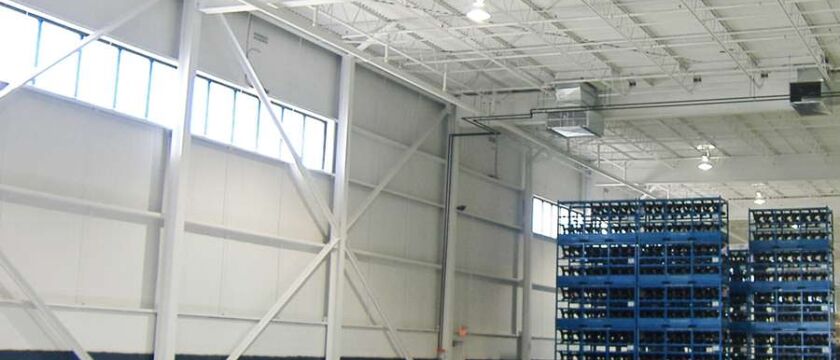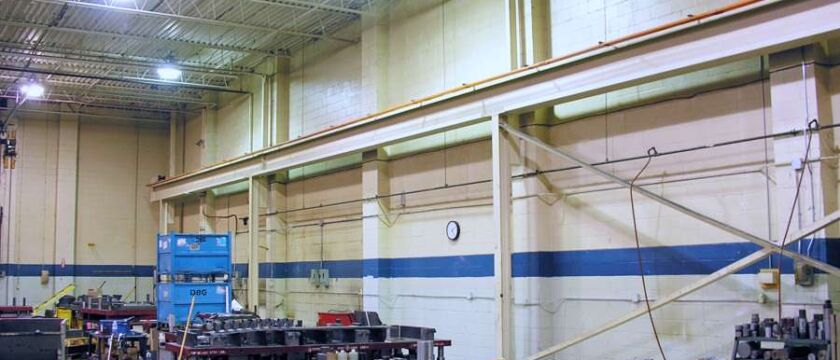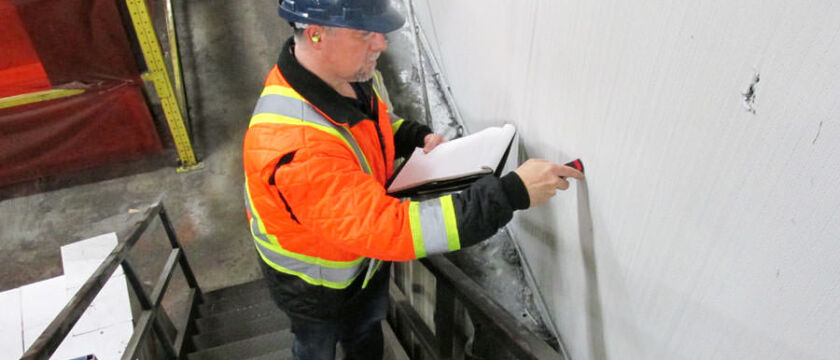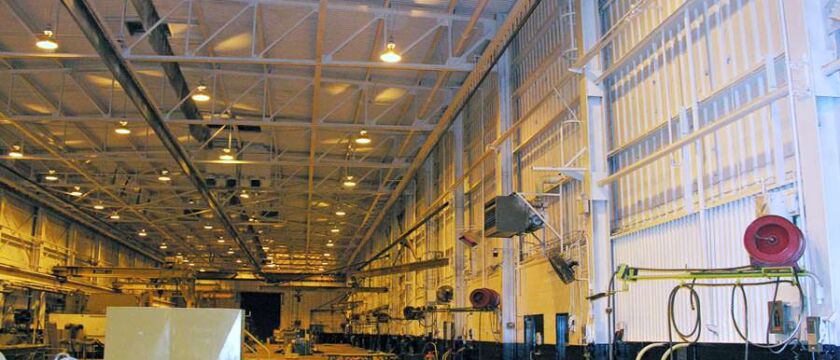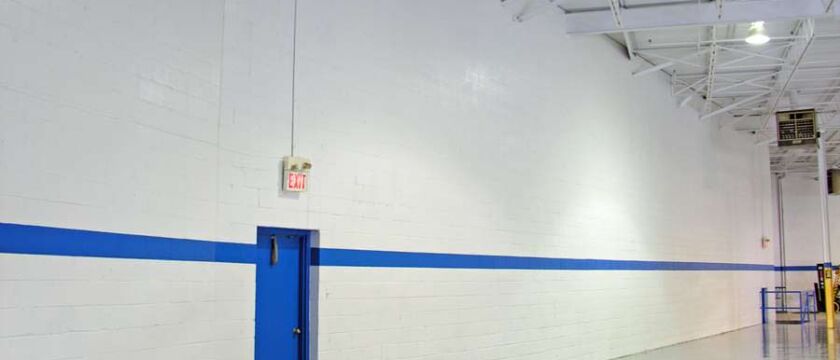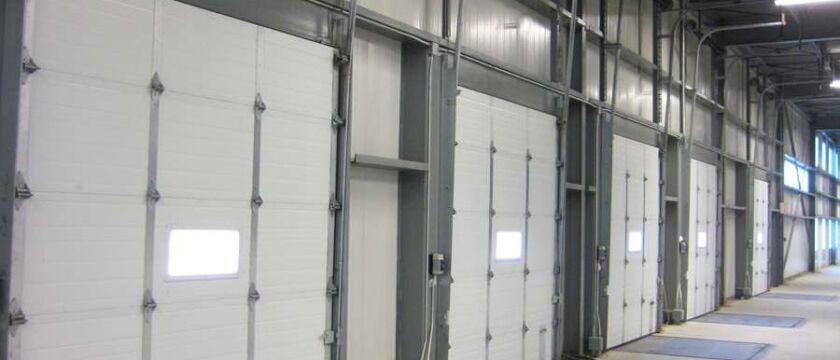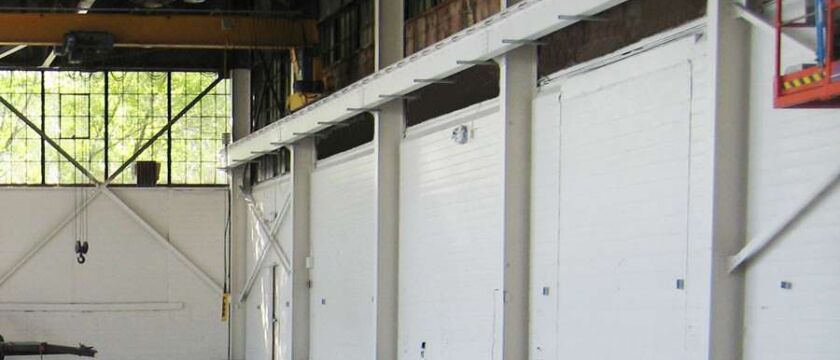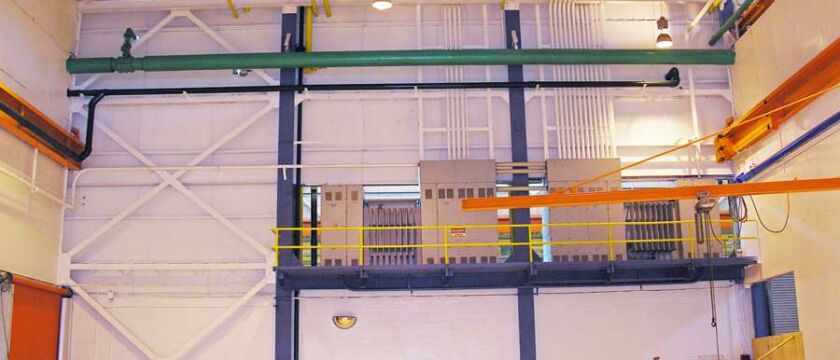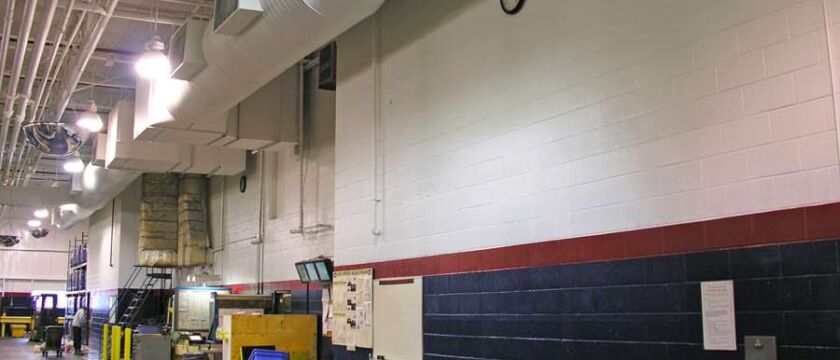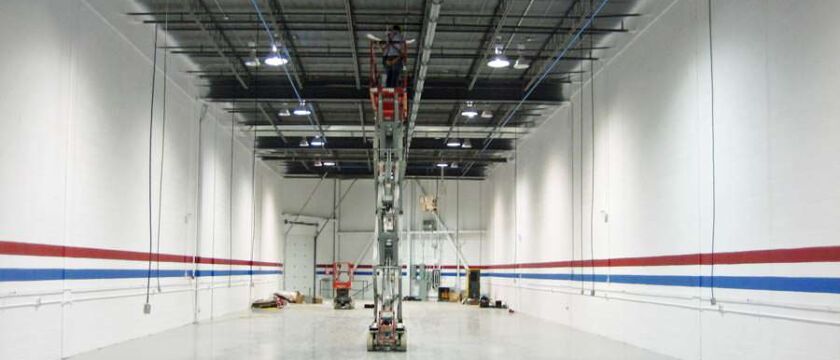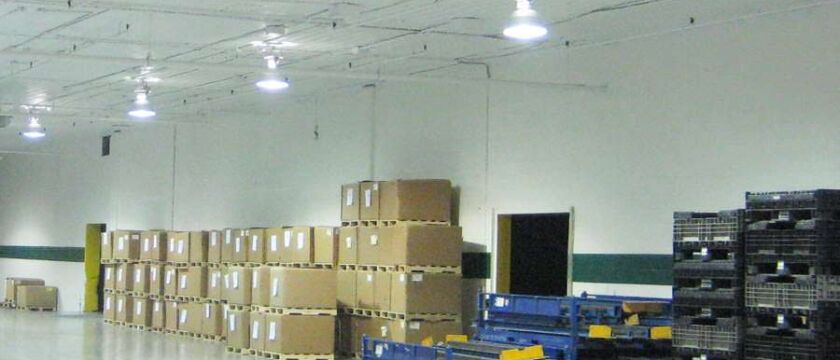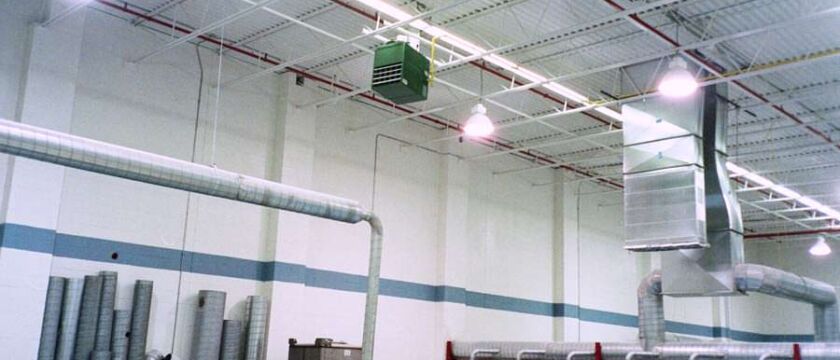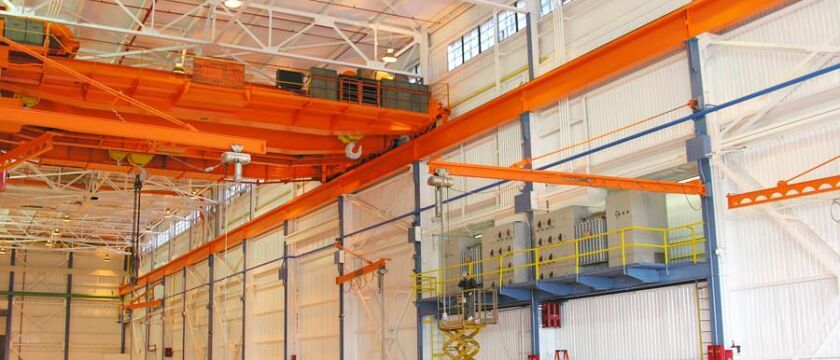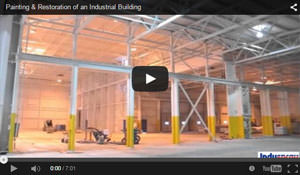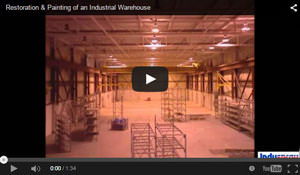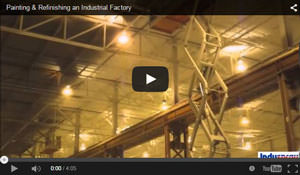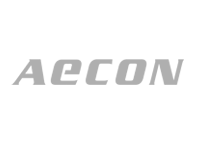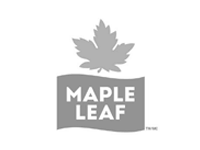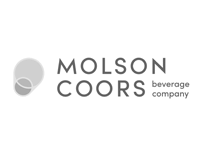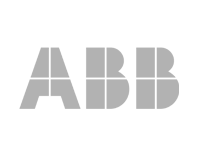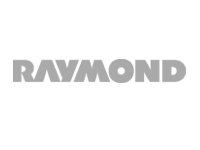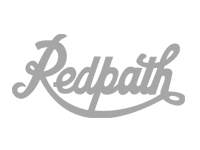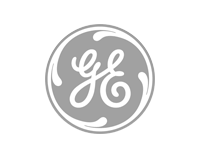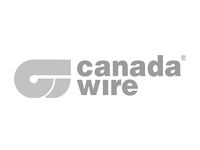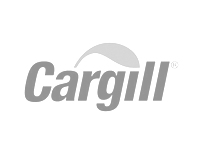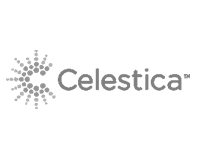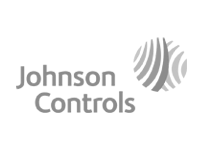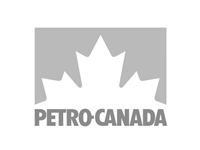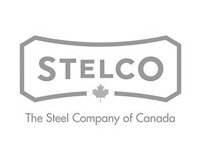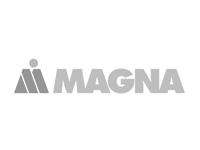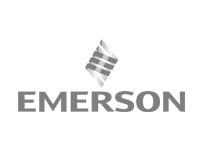Wall Painting for Factories, Plants, Industrial Buildings, Manufacturing Facilities
When it comes to enhancing the appearance of your industrial facility, painting the walls—both interior and exterior—is one of the most effective and impactful upgrades. Right after ceiling painting, wall painting plays a crucial role in improving aesthetics, cleanliness, and lighting within your plant, factory, or warehouse.
If you’re already planning to paint your ceilings, it’s a smart and cost-efficient time to paint the walls as well. With preparation work and access equipment already on site, tackling both surfaces simultaneously can help you reduce overall costs. Plus, freshly painted ceilings can make any imperfections or discoloration on the walls stand out more—making wall painting even more important for a clean, uniform look.
Types of Paint & Coating Systems
The choice of paint largely depends on the wall material and the surrounding conditions. Commonly used paints in industrial settings include:
- Gloss or Semi-gloss White Paints – Available in latex or alkyd resins, these are widely used for their clean appearance and light-reflective properties.
- Epoxy Paints – Ideal for high-durability and chemical-resistant applications. Though more costly and prone to yellowing with age, they are perfect for environments that require regular cleaning or chemical exposure.
- Low-odor Alkyd or Water-based Coatings – Best for food or dairy processing areas to avoid odor contamination.
For high-moisture or hygienic environments, specialized mildew- and mold-resistant coatings are available. Proper ventilation is essential to help prevent mold growth over time.
Primer & Hygiene Considerations
Surface preparation and priming are critical, especially for unpainted or porous wall materials like concrete blocks or cinder block walls. In food and pharmaceutical environments, using a block filler primer ensures a smooth surface free of pinholes, which could otherwise harbor bacteria.
Adhesion & Performance
Different paints offer varying levels of adhesion and performance:
- Epoxy Coatings offer the strongest adhesion and are ideal for pressure-washed or chemically cleaned surfaces.
- Polyamide Epoxies cure chemically, not just through air drying, making them suitable for low-temperature or refrigerated environments.
- Latex and Alkyd Paints require ambient temperatures above 10°C (50°F) to cure properly and are less durable in harsh environments.
Colour Selection & Cost Considerations
Color choice can impact both aesthetics and project cost:
- White paint is standard in most facilities for brightness and cleanliness.
- Dark Accent Colors may be used on lower wall sections or as stripes to hide dirt or enhance appearance.
Keep in mind:
- Darker or vibrant colors usually require more coats, increasing both material and labor costs.
- Factory-tinted paints offer better coverage and color consistency compared to in-store mixed paints.
Note: Over time, even white walls may yellow, especially in facilities using oil mist lubrication in production. While this is hard to avoid, uniform discoloration can make it less noticeable.
Surface Preparation Techniques
Proper surface preparation ensures long-lasting results. Depending on wall conditions, preparation may include:
- Scraping
- Cold or hot water washing
- Solvent washing
- Dry ice blasting
- Sandblasting
Important: Use caution when washing near electrical systems. Most electrical panels, conduits, and lighting are not waterproof. Take proper precautions to avoid electrical shocks during preparation.
Need expert wall painting for your industrial facility?
We specialize in durable, hygienic, and visually-enhancing industrial wall painting solutions across all types of manufacturing and warehouse environments.
Photo Gallery
Click to view some of our industrial painting projects for walls.
Video Gallery
Click to view some of our industrial painting projects showing the typical steps involved in repainting and restoring industrial facilities, including walls.
Locations We Service
We are Toronto industrial painters serving Toronto, the GTA, Southern Ontario, Western Ontario, Eastern Ontario and parts of Northern Ontario.
Our territory includes:
Our Customers
We’ve been in business since 1975, serving over 4,875 satisfied clients while completing thousands of industrial and commercial painting projects. These are just some of our customers:
Your Project
Have questions about painting the interior or exterior walls in your industrial plant, factory, or manufacturing facility? We can quickly assess your needs and make cost-effective recommendations. Contact us today — we’re here to help.
Start your project with expert advice and a great price.
FAQs for Industrial Wall Painting

